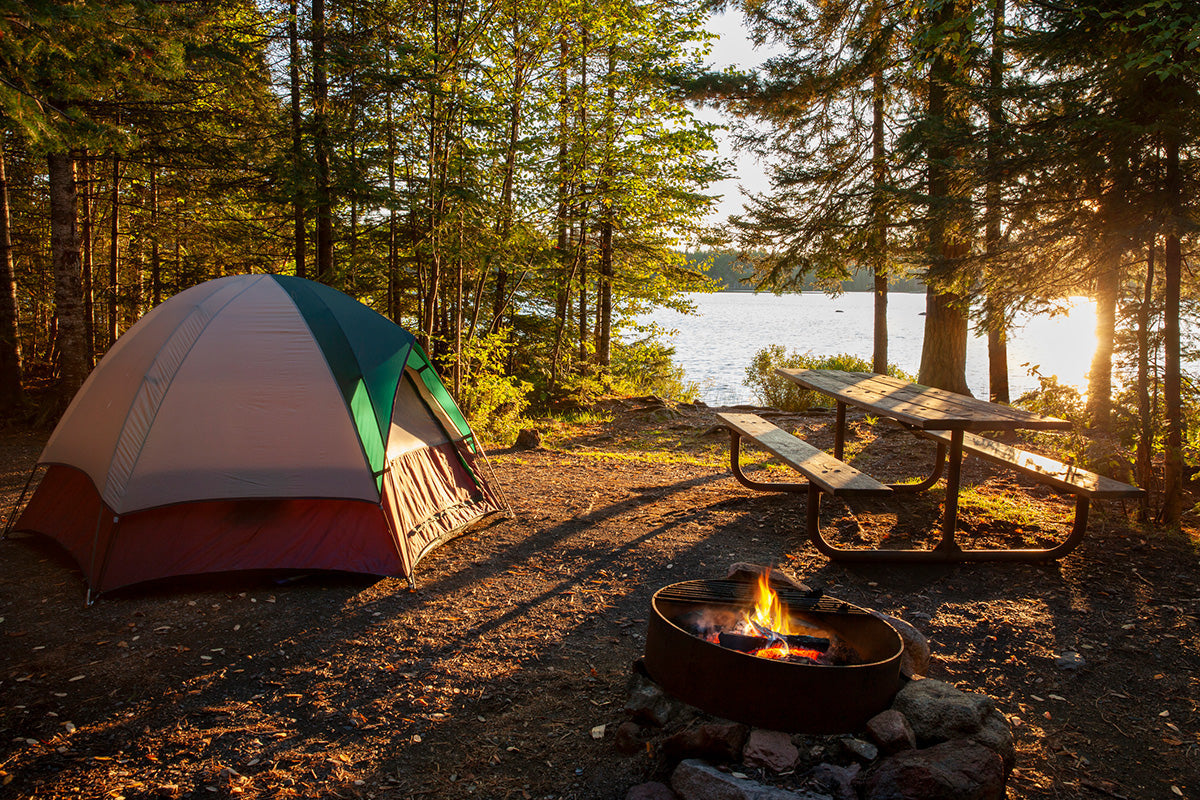When it comes to survival, shelter isn’t just comfort—it’s critical. In emergencies, exposure to the elements can become life-threatening in a matter of hours. Whether you're bugging out, camping off-grid, or preparing for a grid-down scenario, a reliable shelter solution is the foundation of your preparedness plan.
Why Shelter Matters
Without proper shelter, you're vulnerable to hypothermia, heat exhaustion, wind exposure, or dehydration. A well-prepared shelter protects you from the elements, gives you privacy, and provides a space to rest, regroup, and stay mentally strong.
Key Shelter Types for Preppers
- Tents: Portable and easy to deploy, tents provide structure and protection in all seasons. Ideal for camping, bug-out kits, and base camps.
- Tarps: Lightweight and versatile, tarps can be configured into countless shelter designs—from lean-tos to A-frames. Great for minimalist setups.
- Emergency Bivvies & Blankets: Compact and heat-retentive, survival blankets and bivvies are essential for preventing hypothermia. They’re a must-have in every go-bag.
- Natural Shelter Building: Knowing how to construct a shelter from branches, leaves, snow, or debris is invaluable when gear fails or runs out.
Shelter for Bug-Out Scenarios
In a bug-out situation, time and weight matter. Your bug-out bag should include ultralight, fast-deploy shelter options like compact tents, multi-purpose tarps, or emergency bivvy sacks that offer protection without bulk.
Prepare for All Four Seasons
Your shelter system should be ready for any climate—hot summers, freezing winters, or sudden storms. Opt for gear that includes proper insulation, rain protection, and ventilation for year-round adaptability.
Solo vs. Group Shelter Planning
Prepping isn’t one-size-fits-all. Solo adventurers may prioritize stealth and pack weight, while families or teams require modular shelters or multiple tents. Plan accordingly so no one is left exposed.
Prepper Tip
Prepper Tip: Always pack a compact roll of duct tape—it can repair torn tarps, seal tent seams, or reinforce guy lines in bad weather.
More Than Just Gear—Master the Skills
Gear is essential—but knowing how to use it is what makes you ready. Practice building shelters with and without gear. Try setting up your tarp blindfolded or during a rainstorm. Train like it’s real.
Recommended Gear from Mountain Ready
Final Thoughts
Your shelter is your first defense against nature—and sometimes, against time itself. When the storm hits, you won’t wish you had more gear—you’ll wish you had the right gear and the skills to use it. Prepare your shelter systems today, because when the grid goes down, comfort and survival start with cover.


